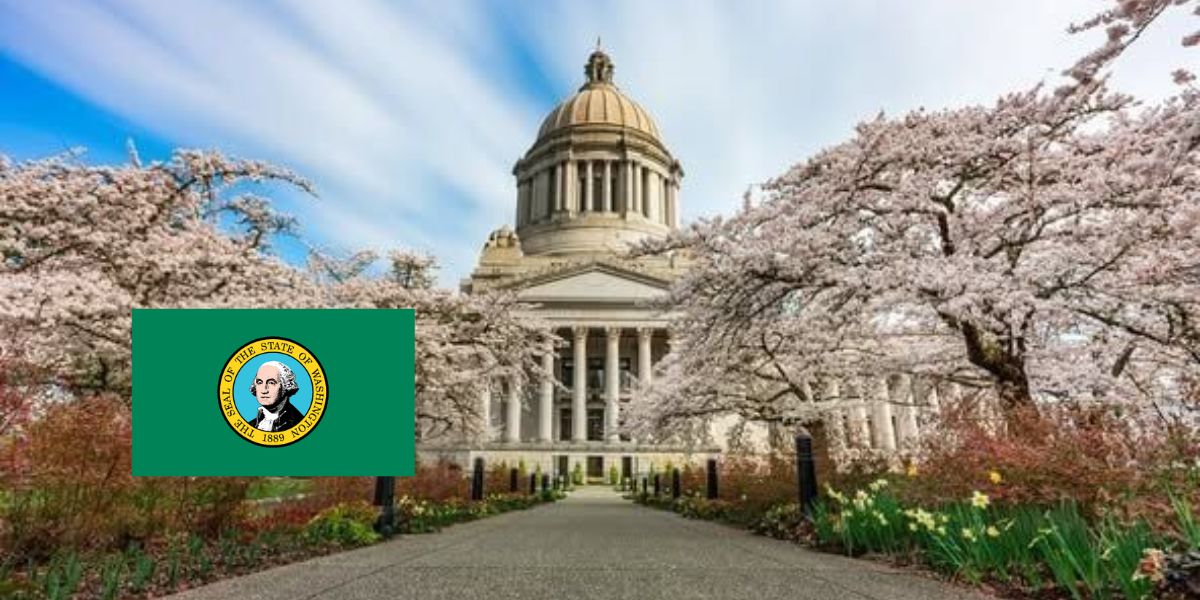Minneapolis, MN – In a city known for celebrating America’s Best Restroom, Minneapolis City Council is actively exploring measures to increase access to public restrooms in the downtown area. This move comes amid rising concerns over limited facilities and encouraging public health and safety.
The current situation shows a scarcity of publicly accessible restrooms outside of special events, often restricted by limited hours and privately owned business policies. As the council reviews options, they aim to address an issue that x intertwines with social justice and urban infrastructure.
Understanding the Public Restroom Challenge in Downtown Minneapolis
Earlier this year, Minneapolis’ Public Health and Safety Committee requested a comprehensive research analysis to evaluate public restroom availability and identify areas of greatest need. Key findings include:
- Few publicly accessible restrooms downtown, mostly located inside public buildings with restricted hours or in privately owned restrooms with limited public access.
- Businesses have increasingly restricted restroom access due to concerns about improper use, such as camping and drug activity in facilities.
- Between July 1, 2024, and June 30, 2025, Minneapolis’ 311 service logged 27 complaints related to human feces in public spaces and 26 complaints about public urination.
“A lack of accessible public restrooms is not just an inconvenience; it represents a social justice issue, especially for homeless residents who rely heavily on these facilities,” the report emphasized.
Exploring Possible Solutions to Enhance Restroom Access
The city council is currently reviewing several proposals to mitigate the restroom shortage downtown. One innovative option is the Portland Loo, a standalone public restroom designed to deter criminal activity and offer safe, accessible facilities.
- The Portland Loo costs approximately $152,000 to $185,000 per unit but can also be rented annually for around $24,000.
- Other considerations include city ordinances requiring businesses to open their restrooms to the public, balancing business operations with community needs.
Additionally, in 2017 Minneapolis set a precedent by requiring all city-owned buildings to have all-gender restrooms, emphasizing inclusivity in public facilities.
Looking Ahead: What the Minneapolis City Council Plans Next
The council will soon decide on the best course of action to improve restroom availability downtown. Increasing access could significantly reduce public health complaints and create a more welcoming environment for residents and visitors alike.
For those interested, the full 62-page Restrooms Report detailing these findings and recommendations is available here.
Key points to remember:
- Minneapolis faces a public restroom shortage downtown, with limited facilities during business hours.
- Public urination and sanitation complaints highlight urgent need for more accessible restrooms.
- Innovative solutions, including standalone restrooms and policy changes, are under consideration.
What do you think about the efforts to expand access to public restrooms in downtown Minneapolis? Share your thoughts in the comments below!


 by
by 

